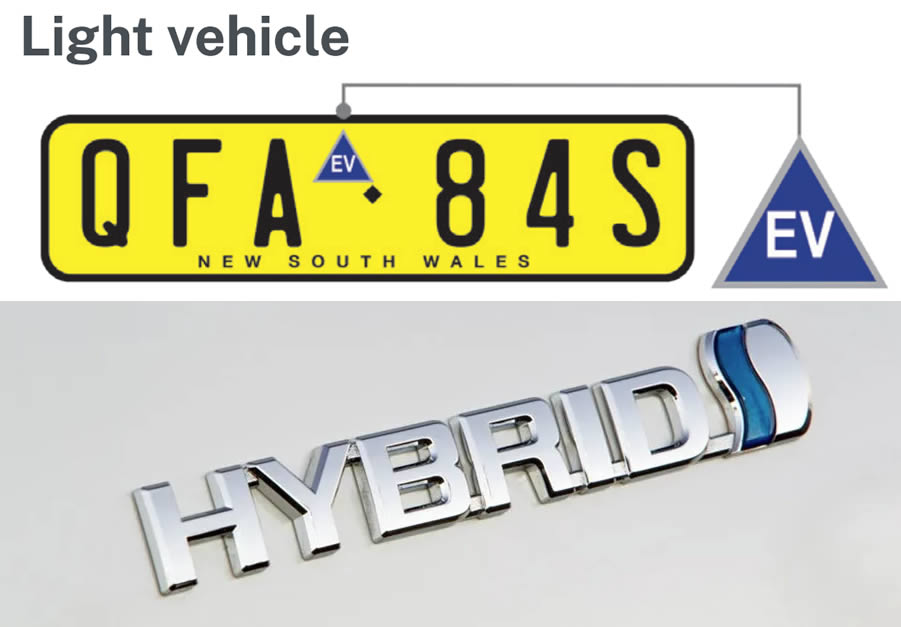Electric vehicles
Electric vehicles (EVs) are becoming more prevalent as consumers select greener transport options. EVs commonly contain lithium-ion batteries and come with associated risks and hazards (including fire and explosion, radiation, heat, chemical and electrical).
On this page
Minimise risk
Fire and Rescue NSW is currently conducting research on how best to mitigate incidents involving these technologies and how best to respond to incidents when they occur. While we work on the research, there are some measures that we urge users to be aware of to minimise their exposure to hazards.
- Make sure that your EV is identifiable by emergency services. There should be a blue “EV” sticker/badge on the number plate to indicate that it is an electric or hybrid vehicle. These stickers are there specifically to warn emergency responders of the presence of a high voltage battery. Information on the requirements is available from the NSW Government website [external link].
- FRNSW recommends that a smoke alarm or a heat alarm is installed in Class 10a buildings (i.e. private garages) where an EV is regularly parked or charged. We recommend having a licenced electrician install interconnected mains-powered devices where possible. Check with the manufacturer or distributor to ensure device models are compatible for interconnection.
- There are a number of considerations when installing charging equipment in residential buildings. Please refer to FRNSW’s position statement on Electric vehicles (EV) and EV charging equipment.
- Do not charge an EV that has been subject to any suspected damage, for example any collision, impact by road debris, immersion in flood waters, etc.
If any incident occurs involving an EV
- Act quickly and make sure the parking brake is engaged and the vehicle is switched off before evacuating the vehicle of all passengers.
- Keep clear of the vehicle and warn passers-by to keep at a safe distance (at least 30 metres), even if there is no visible smoke, vapours or flames.
- Call Triple Zero (000) and inform the operator that the vehicle involved is an EV. Clearly detail the make and model of the vehicle, which will allow responders to access additional emergency information specific to the vehicle.
- Ensure that remote keys cannot inadvertently start the vehicle.
If anyone has been exposed to spilled electrolyte, flying debris, smoke or vapours, or flames, seek urgent medical assistance. Burns should be immediately treated with cool running water for 20 minutes. Burns larger than a 20-cent piece require emergency care. Treat with cool running water immediately, call Triple Zero (000), and follow the advice of the operator.
Damaged electric vehicles (EVs)
An electric vehicle that has been involved in a collision, a fire, or has been submerged, must be treated with caution as the high voltage battery pack may be compromised. Damaged EV batteries may ignite hours, days, or even weeks after the initial incident.
Damaged EVs should be kept in an open area at least 15 metres from other vehicles, buildings, and/or other exposures.
Contact the sales point, service point or vehicle manufacturer for advice.
Do not charge or use the vehicle unless it has been inspected and cleared by a qualified technician.